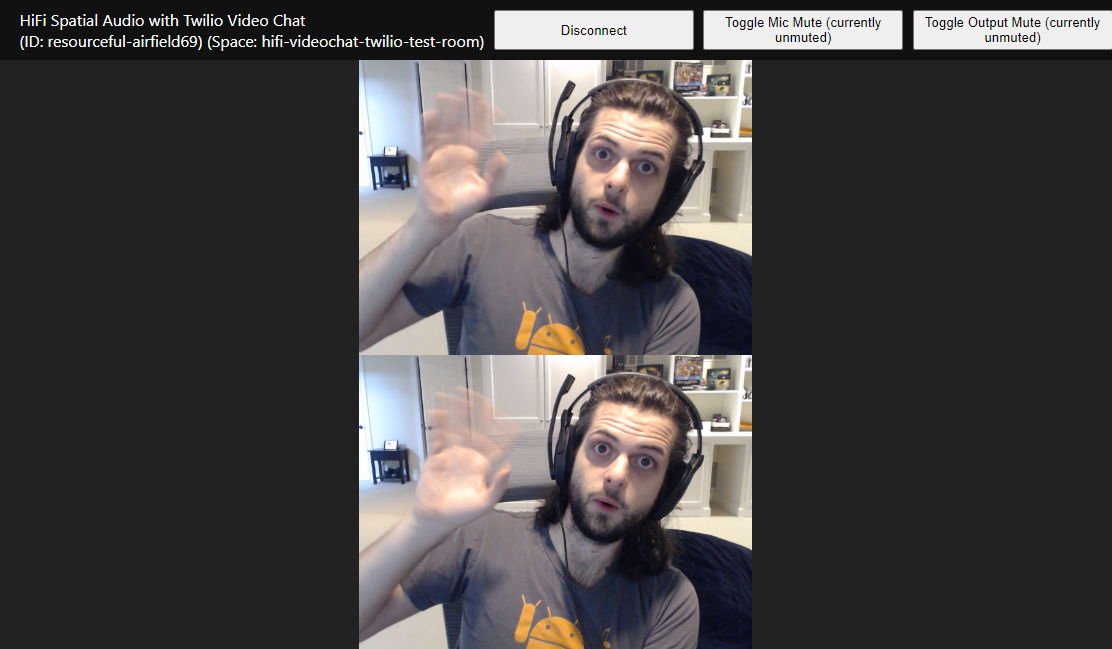An Overlooked Solution For 'Virtual Event Fatigue'
There are countless articles, tweets, and LinkedIn posts from marketers and others expounding upon the future of virtual events and conferences; how ...
by Emily Iwankovitsch
Social Media Marketing Manager
More people than ever are using various technologies in their daily lives to keep in touch with friends and family, network on social audio apps, hold virtual meetings with video conferencing software, attend virtual events and conferences, and chat with friends while playing video games together.
With the remote workforce exploding (it’s increased by 140 percent since 2005, and roughly 62% of employees between 22 and 65 years old say they work remotely at least occasionally), we’ve almost all experienced the dreaded Zoom fatigue and are well-versed about why it happens. Video conferencing use has simultaneously exploded: 43 percent of remote and in-house teams use a video conferencing solution, and 78 percent of corporate companies use video calling software.
What about social audio apps and other audio-only platforms? There have been a myriad of social audio companies pop up in the last year (here’s a great list compiled by Jeremiah Owyang), notably Clubhouse, now with over 13 million downloads as of March 2021 on the one year anniversary of the app. But what’s more? It seems like every big tech company is now working on a Clubhouse-like social audio product or feature, too.
And there is evidence that suggests using voice only (without video) helps listeners comprehend emotions better.
Let’s take it a step further though. Even with an audio-only platform, conversation doesn’t flow as naturally as it does in real life. You need low latency, high quality, spatial audio for that. Read more about why and learn about the ‘Cocktail Party Effect’ here.
What if there was a plug-in of some kind for video conferencing apps like Zoom or social audio apps like Clubhouse that incorporated 3D audio? It would feel and sound as if people had gathered in a physical space together, but… with all the benefits of meeting virtually.
It’s possible now, and makes virtual meetings and conversations far more bearable. And let’s be honest — people generally love working remotely and want to do so at least some of the time. There are tons of benefits (for the environment, for health, for families, for flexibility — the list goes on), so if we can solve the awkward problem of accidentally talking over each other and not being able to have a conversation flow naturally as we do in person, we’ll open doors to understanding each other better and communicating more effectively. And this extends to social audio apps like Clubhouse, too — people are already forging serious connections with just audio. It just gets better from here, and high quality spatial audio will lead the way.
Now check this out: "Spatial Watch Party" with Twilio Video is a web application that demonstrates the ability for people to watch videos together while chatting in a virtual 3D sound space. You can paste a YouTube video into the text box in this app and all participants will see the same YouTube video, synced to the same timestamp! And the best part? This is all possible with integrating just an API (Spatial Audio by High Fidelity) with your web app.
What does that mean for existing video conferencing software? It’s finally easy to integrate spatial audio!
Here are some example applications that do exactly that:

Here is yet another reason for using high quality spatial audio in online meetings or group voice chat apps: When audio quality is high (vs. low), people judge the content as better and more important. They perceive the speaker as more intelligent, competent, and likable. In an experiment, people rated a physicist’s talk at a scientific conference as 19.3% better when they listened to it in high quality audio vs. slightly distorted, echo-prone audio.
When more than one person tries to talk without spatial audio, no one comes across as well. Unsurprisingly, messages that are difficult to process are less compelling. Using high quality spatial audio ensures everyone is heard and understood.
It’s only a matter of time before video conferencing software and social audio apps begin adopting higher quality spatial audio solutions — and High Fidelity has a simple guides page to help get you started in a matter of minutes.
Voice has become one of the most meaningful ways people are connecting in the last year especially. “Audio messaging has allowed people to communicate quickly while still maintaining friendship and intimacy,” writes Magdalene Abraha.
Want to add immersive voice chat to your application? Don’t settle for conventional VOIP mono audio, give your users high quality audio that feels and sounds natural — they can hear like they’re there with other people. Stay ahead in the vast universe of sound and give it a try by creating a free developer account.
Related Article:

by Ashleigh Harris
Chief Marketing Officer
There are countless articles, tweets, and LinkedIn posts from marketers and others expounding upon the future of virtual events and conferences; how ...
Subscribe now to be first to know what we're working on next.
By subscribing, you agree to the High Fidelity Terms of Service